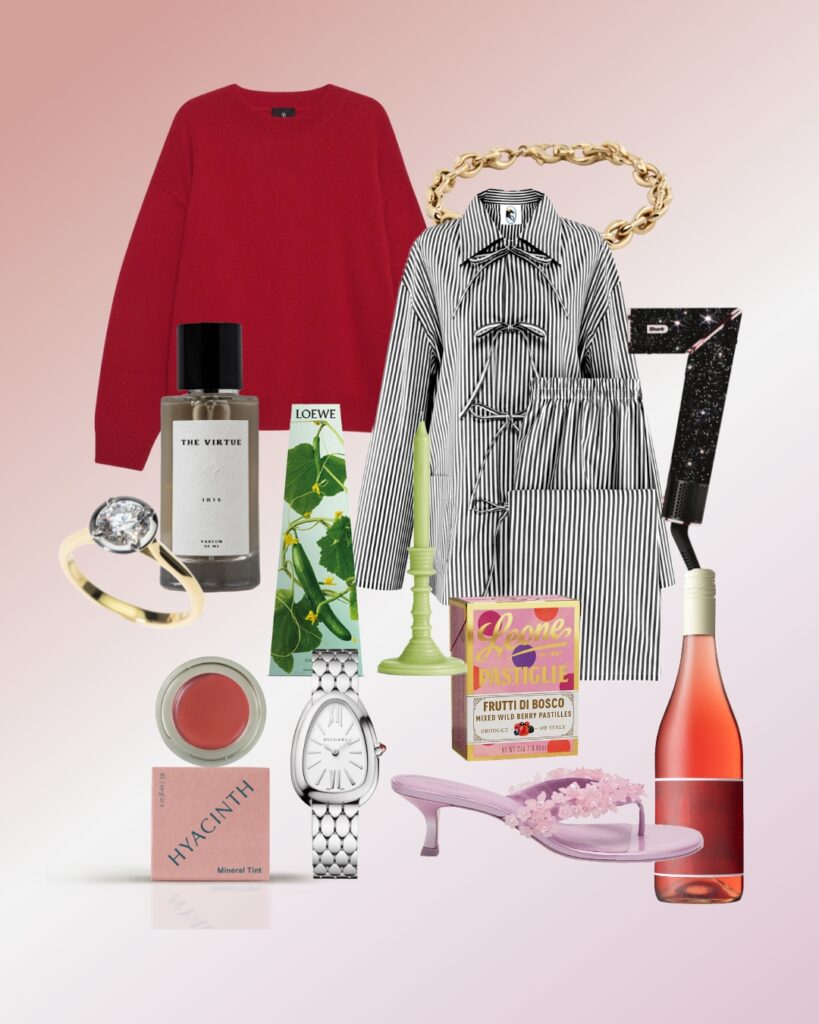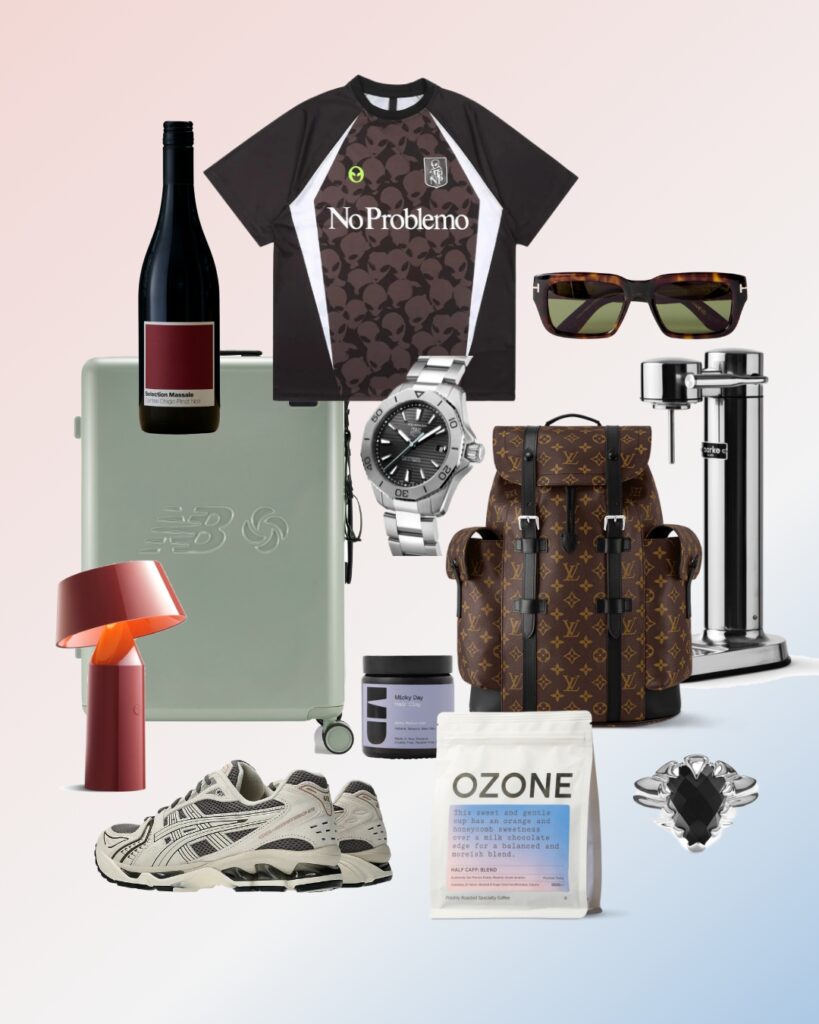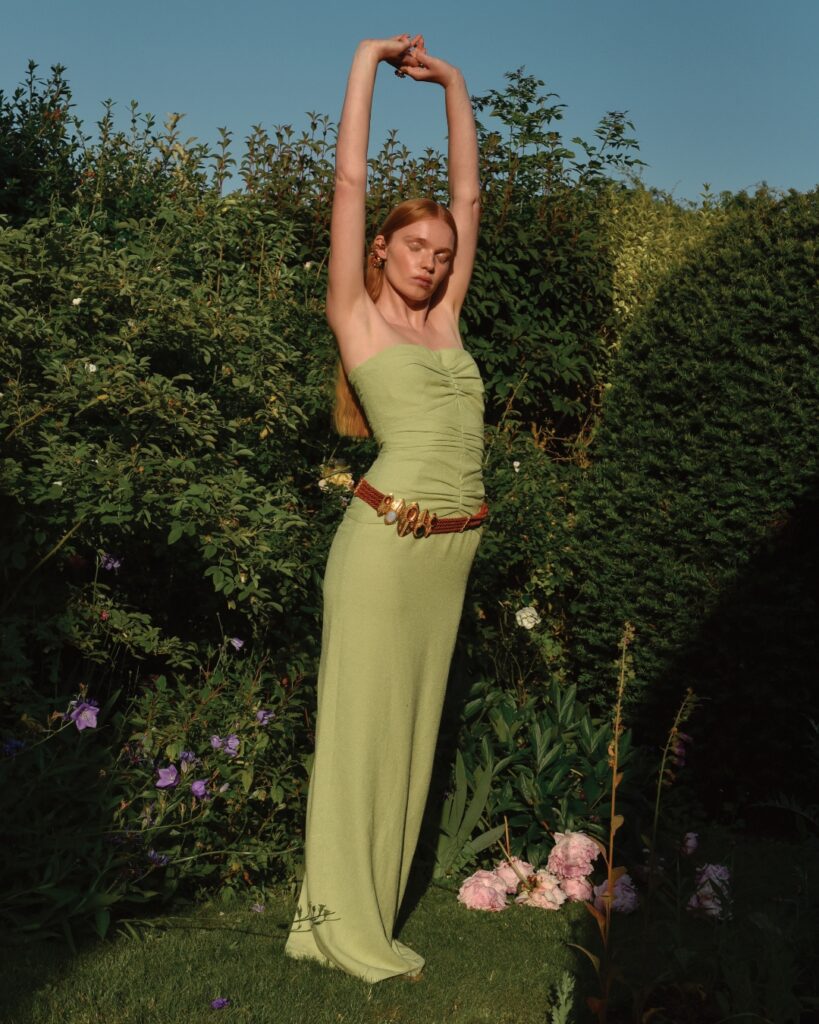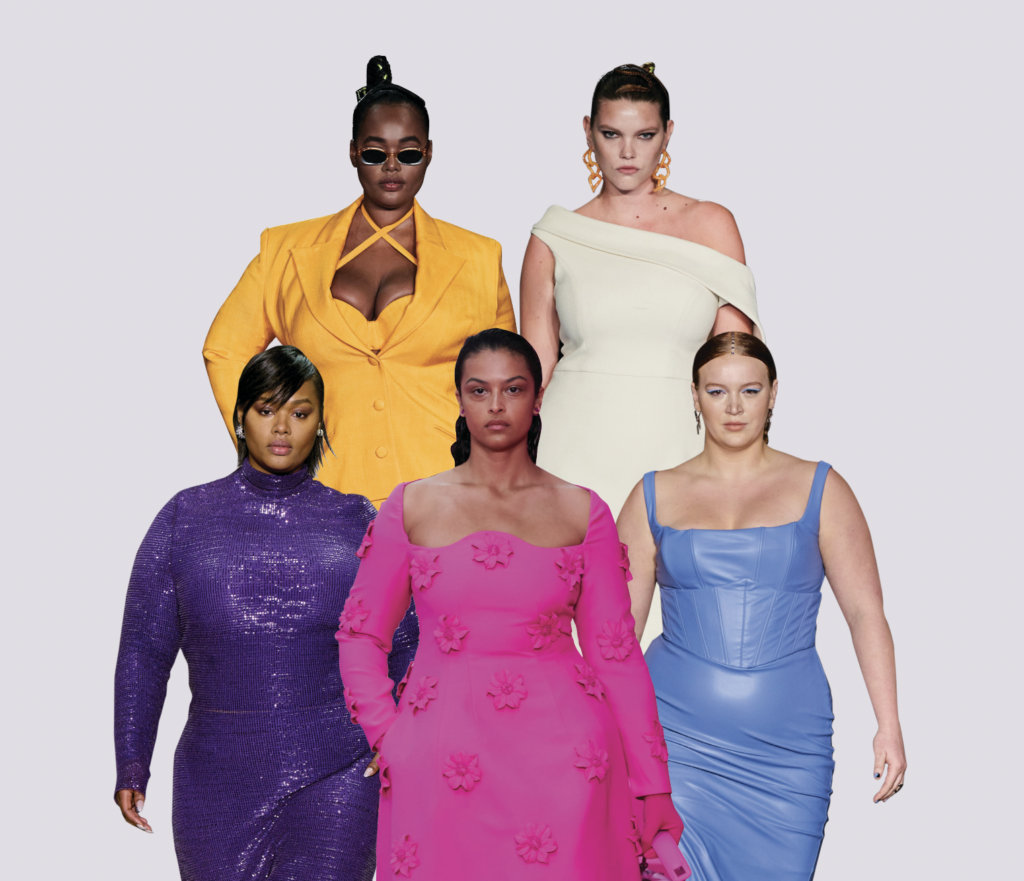
Love Island, the UK’s most popular reality TV dating show, has just wrapped its eighth season of young, hot people falling in love in a Spanish villa. Beginning in 2015, the series coincided with the rise of both the influencer economy and fast fashion, very quickly becoming one of the biggest endorsers of both. During its early seasons, producers realised that audiences were confused about timelines and story arcs if they saw the islanders wearing the same outfits multiple times on screen. To remedy this, production began making bulk orders of clothes, shoes, and accessories from fast-fashion giant ASOS, sending a regular drop into the villa that former contestants say resulted in recurring animalistic fights to secure the week’s best bits.
By season four, Missguided had realised Love Island’s influence and signed on as the official sponsor of the show, a decision that saw the website’s sales leap by 40 per cent that year. When a winner wore a crochet Missguided dress in the season finale, sales saw a 9300 per cent increase. In 2018, the brand was slammed globally when it released a £1 bikini coinciding with the bikini-clad cast’s current season. Despite the pleas of climate-change activists, the bikini immediately sold out. Other fast-fashion brands rushed to get in on the action, with I Saw It First’s sales increasing by 67 per cent the year that it was the season’s official sponsor. Soon, contestants were primed to sign on as fast-fashion brand ambassadors once they left the show. One reportedly had a £500,000 sponsorship deal waiting for her outside, while another winner doubled that figure. Molly-Mae Hague, undoubtedly the show’s most successful contestant to date, left the villa in 2019 with six, six-figure sponsorships to choose from. She eventually decided on Pretty Little Thing and reportedly now makes £400,000 a month ($778,795) as the brand’s creative director.
Thanks in large part to the Love Island effect and Instagram, 50 per cent of consumers now consider an outfit worn more than twice ‘old’. Because of this, charity shops are having to turn away never-ending donation bags filled with fast-fashion pieces, which end up in landfill.
This year, in a bid to lessen its very real environmental impact and push its viewers to sustainable fashion, the show partnered with eBay for the first time. Before I realised this, I commented to a friend that contestants’ outfits were markedly better than ever. But the impact? Despite eBay reporting a surge in the sale of specific pieces worn on the show, such as ‘blue PVC top’ and ‘green mini dress’, shopping second-hand can’t satisfy the demand of millions of young millennials and Gen Zers searching for the exact same piece. According to Business of Fashion, googling the terms still shows results for fast-fashion giants producing the same or similar pieces and, despite no longer being an official sponsor, I Saw It First reported a year-on year spike in customer searches for pieces shown on-screen.
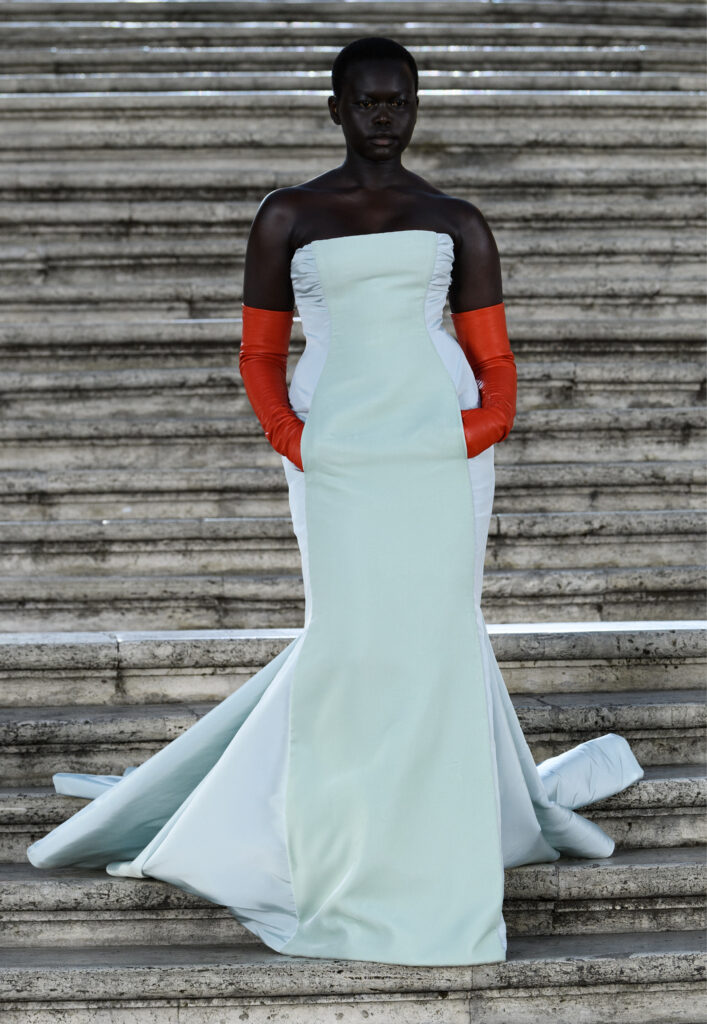
For a time, people seemed to be finally waking up to the climate-change emergency. Greta Thunberg’s face covered magazines and her speeches were plastered all over social media. However, in recent years, the conversation has waned. When I speak to friends about why, they point to feeling disillusioned about how much impact their decisions have. After Kylie Jenner’s private jet use made headlines recently, prompting an investigation into the absurd use of private jets by the rich and famous, an article in The Independent summed it up: “Kylie Jenner’s private jet habit makes me feel like a mug for caring about climate change”. It’s hard to feel that avoiding buying a cute, cheap bikini or ditching a straw with a cocktail is going to make much difference in the long run when celebrities emit the same amount of CO2 in one 15-minute jet journey as the average person does in a year.
However, the rhetoric that we’re all too small to make a difference is not only frustrating but also rooted in privilege, says sustainable stylist Chloe Hill. “If we live in a state of fear, where we don’t take action, we’re part of the problem — even if it feels minor in comparison to big corporations,” she says. “So many millions of people don’t have the ability to ignore what is going on, and we diminish all of them when we opt out of having any personal responsibility. We also undermine ourselves and our potential to make positive change. Every individual needs to be taking positive steps forward, at the very least to show the next generation we care.”
Another issue is ‘greenwashing’: the act of deliberately positioning an organisation’s products, aims, and policies as more environmentally friendly than they are. Countless companies buy billboards, take out TV advertisements, and create fashion campaigns that take advantage of the fact that, unbeknown to most consumers, the word ‘sustainability’ is still unregulated. Fortunately, it sounds as if real change is coming. In her book Sundressed, author Lucianne Tonti details how natural fibres and regenerative farming could be the answer to fashion’s sustainability problem. She says that regeneration is fashion’s latest buzzword for good reason. Rather than just making fashion that doesn’t harm the planet, regenerative agriculture goes one step further: it helps to heal it.
“With organic farming, no chemicals are used. With regenerative farming, instead of just focusing on not spraying, it also improves the health of the landscape. It brings back biodiversity, improves the health of the soil, and restores water cycles,” she explains. “Essentially, all this will result in bringing back a functioning ecosystem that will provide a better livelihood for farmers and their communities too.”
Companies like Patagonia and LVMH are currently training farmers in these processes, but we’re still at the very beginning of the journey, Tonti says. In fact, when I leap down the phone asking her what we, as consumers, can do today to further this process, she says it’s still almost impossible to buy regenerative natural fibres.
“What you can do in the meantime is look for natural fibres — such as cotton, wool, flax, and cashmere — that have been found responsibly when you’re purchasing clothes; ask questions of the designers you’re buying from, and eventually we’ll see more of this transitioning over. But really, if you want to minimise your carbon footprint, the best thing to do right now is to buy second-hand.”
Thanks to the likes of Bella Hadid, an avid Depop buyer, thrift is trending. The result can be seen on TikTok, where countless videos of young people combing charity shops and revealing their ‘hauls’ are posted. The unfortunate reality is that these items, bought in the hope of likes and virality, will no doubt be discarded when the next Hadid-approved outfit formula comes along. Sure, it’s better than giving money directly to fast-fashion giants, but not by much.
“Buying second-hand pieces to wear for one season is still feeding this disgusting fast-fashion machine because you’re telling the world you buy into the need for newness,” Hill explains. “Yes, the garments are getting a second life, but only for one or two wears. Second-hand purchases should be deliberate and thought through. Always ask yourself: ‘Will I still wear this in five years?’ We need to change our thinking towards consumption instead of changing our outfits.”
For many people, fast fashion is the only option available. Shopping sustainably has always been a class issue, with high-quality garments having similarly high price tags. What makes Love Island resonate with the millions of young people who watch it is the contestants’ metric of relatability, part of which comes from the clothes they wear. These are affordable and are pieces that the show’s young audience can, and do, shop for themselves. If the show depicted them in a constant rotation of different expensive designer items every single day, I’m not sure that would be much better — especially when we’ve seen just how fast these fast-fashion brands can work to make cheap copies. In 2019, after months of rumours that she was secretly working directly with the brand, Kim Kardashian sued Missguided for using her images to advertise their own knock-off designs.designs. She won US$2.7 million, but similar practices continue.
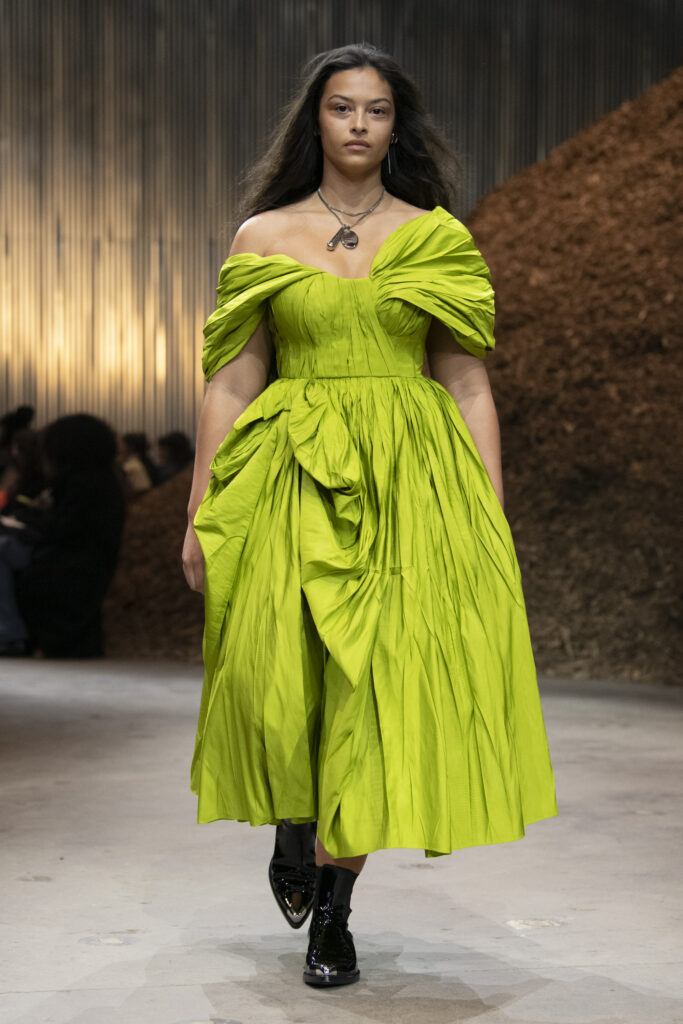
This class issue directly intersects with fashion’s inclusivity issue. It’s been reported that fat people earn less money on average than thin people, with fat discrimination putting the average plus-size person in a lower wage bracket. Despite this, plus-sized influencers are criticised and called out more often for working with fast-fashion brands than their thin counterparts. In part, this may be because people assume that, due to being immediately cast as being ‘brave’ for living in their bodies and ‘body positive influencers’, they must simultaneously champion every other world issue.
“I’m so sick and tired of people not applying an intersectional lens to these particular types of discourse,” says anthropology PhD candidate, influencer, and comedian MahMah Timoteo. “I am a fat, queer, indigenous person currently working in the environmental space, and the ways people uphold this vision of sustainability is almost always non-intersectional and extremely ableist, classist, and racist.” Similar to the prevalence of greenwashing, the fashion industry is still applying a smokeand-mirrors approach to size inclusivity, working to confuse consumers into thinking that it has fixed its obsession with thinness by sending a few plus-size models down the runway. What most don’t realise is that, nine times out of ten, these models are wearing a custom-made look by the designer that isn’t actually available in that size.
An example of this is the recent issue of i-D magazine, which depicted size-16 model Paloma Elsesser on the cover, wearing Miu Miu’s viral miniskirt. The image was praised worldwide, with Elsesser’s quote, “I’m not wearing a stretchy dress. I’m wearing the Miu Miu”, shared alongside it. Elsesser and what she stands for are great. What’s not great is that the skirt was custom made specifically for the shoot — no size-16 consumers can actually buy it from a store because it’s not available in that size.
Behind the scenes, it’s even more grim; I recently spoke to a London-based plus-size model who said that brands routinely stuff her clothes with padding to make her body look bigger in photos. They do this instead of casting a bigger model because they want the model’s face to be slim. The Kardashian-prompted move to thinness — they are alleged to have removed their Brazilian butt lifts, and both Kim and Khloe have lost significant amounts of weight in recent months — is already affecting the industry.
“We’re finding it hard to get curve models across the line at this time,” a trend director at a popular high street retailer told me anonymously over Instagram, noting that her work’s Pinterest board has been “algorithming to old runway photos” from the Kate Moss era. “Body-con dressing lends itself to curves,” she continues, “but with trends moving more towards low-rise, midriffs, and separates, a lot of people in the ompany feel it just doesn’t suit that shape.” Timoteo understandably says the insinuation that she doesn’t understand the unethical nature of fast-fashion brands is frustrating.
“Do you think the majority of us feel good about shopping with brands that are prominent on clothing boycott lists? Absolutely not. Most of us are completely aware of the impact that this has on people and the environment. But what do you want us to do when we have no option?”
Timoteo isn’t speaking just about the lack of sustainable options available in store, nor the cost barriers to entry. It extends to charity shopping. Due to the lack of good, plus-size clothing available on the market, there are even fewer options second-hand. “When we find something that actually fits us and looks good,” Timoteo says, “we hold on to it.”
As an example of how inaccessible second-hand plus-size clothing is, Timoteo spent the day travelling to different charity shops around Auckland, recording the process to show her followers on Instagram. After visiting 10 locations, she found just one T-shirt that fitted her.
“When people ask me why I don’t just go op shopping, I send them a link to those videos,” she says. Fashion’s sustainability issue should “absolutely not be a plus-sized responsibility,” Tonti says. Rather, we all need to push corporations to make real change. The dream, she explains, is making clothes out of waste, and farmers being supported with a regenerative model for the rest.
In a Refinery29 article on the topic, writer Gina Tonic agrees: “Exclusivity is a huge issue across many ethical movements both in and outside of fashion, but the tools won’t be provided to plus-size people unless the entirety of society demands that they are. If thin bloggers are boycotting fast-fashion brands to promote fashion sustainability, they should also boycott brands that refuse to supply a full-size range to their customers.”


